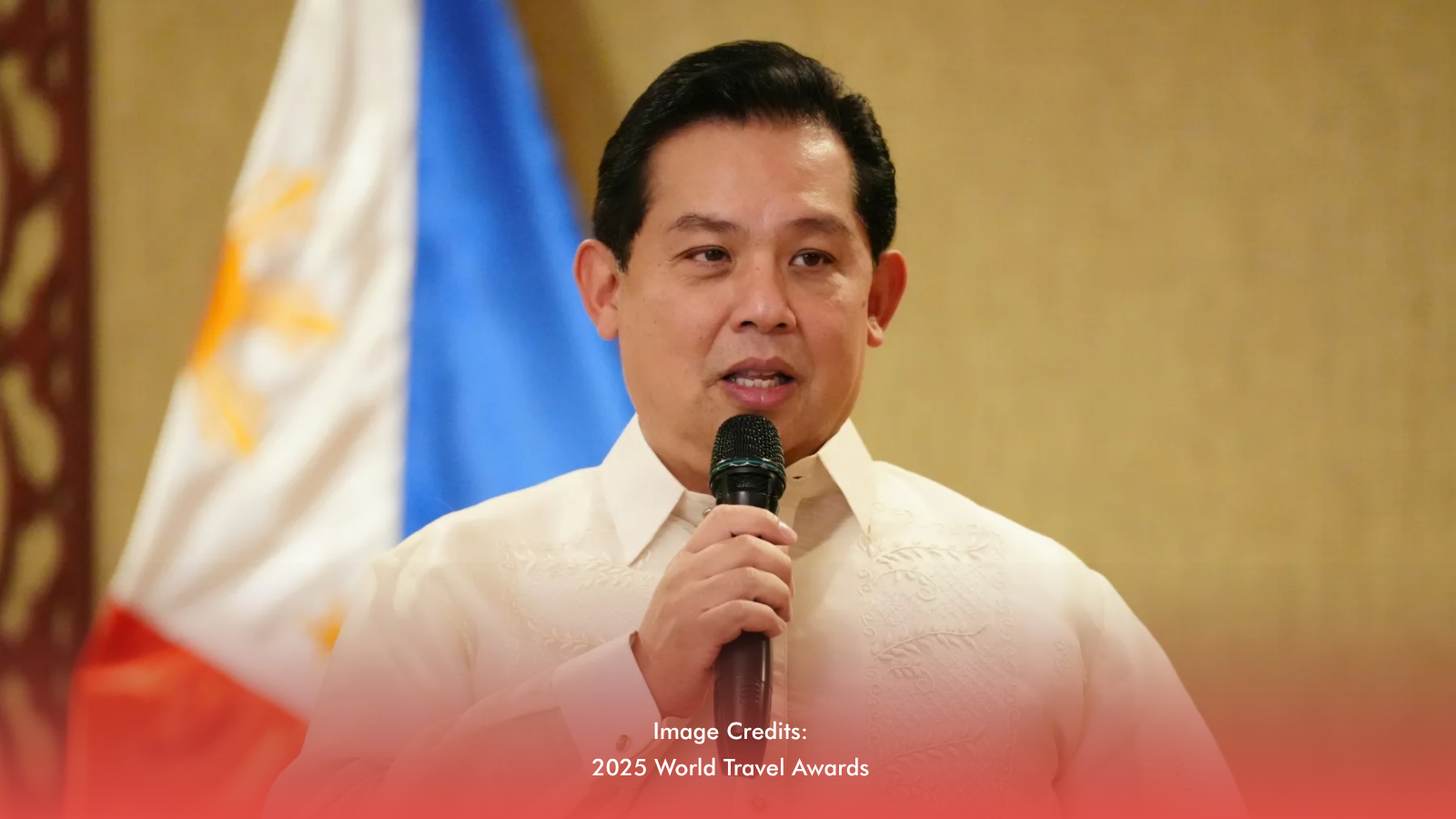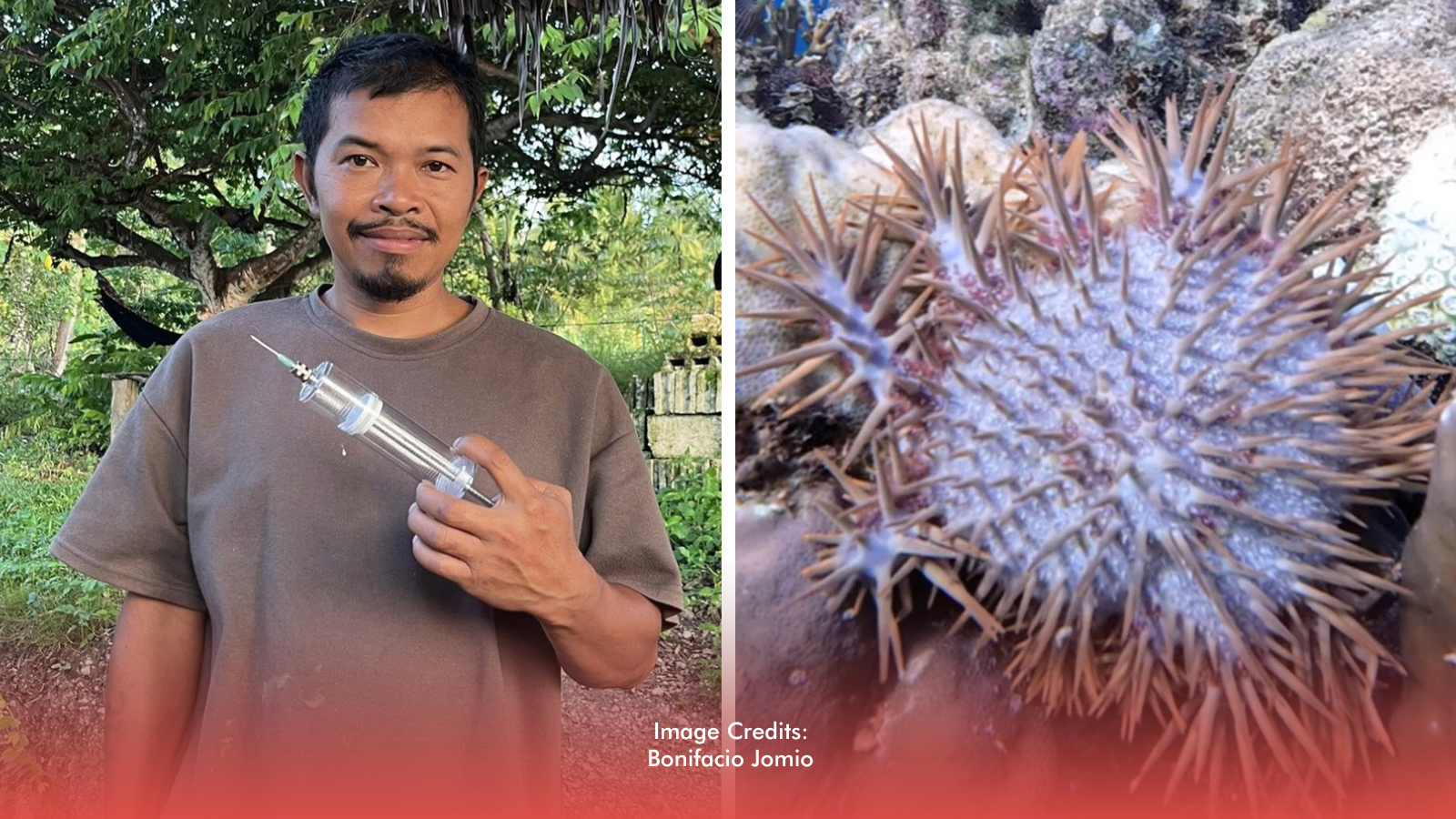Are Leyte’s farm-to-market road (FMR) projects overpriced—or simply misunderstood?
Leyte 1st District Rep. Martin Romualdez insists everything is aboveboard, yet scrutiny from the Senate finance committee, led by Sen. Sherwin Gatchalian, has cast a shadow over the region’s infrastructure spending.
Romualdez’s office said both the Department of Public Works and Highways (DPWH) and the Department of Agriculture (DA) validated the projects, including the Barangay 93 Bagacay FMR and Barangay San Roque FMR (Phase 2). According to him, the projects passed technical evaluation and comply with national standards under the DA’s Farm-to-Market Road Development Program.
Still, questions linger. If all approvals were proper, why the delays, and why do costs appear unusually high compared to other FMRs nationwide? Gatchalian flagged an “abnormally high concentration” of FMR allocations in Romualdez’s district from 2023 to 2025, with some projects allegedly exceeding typical budgets.
Engineering or Excuse?
Romualdez attributes the steep costs to geography. The Bagacay FMR, he explained, crosses mountainous terrain with soft rock formations and slopes over 10 percent, requiring extensive excavation, embankment, and slope protection works.
“What inflates the cost is not the concrete road itself, but the heavy ground engineering required,” he said, citing DPWH and DA engineers. Per-kilometer costs—P12.7 million for Bagacay and P12.3 million for San Roque—fall within the accepted range for “mountain-type” FMRs.
Yet skeptics remain. Experts say terrain can drive costs, but transparency is crucial. “It’s not enough to say DPWH and DA approved it; the public deserves to see how those numbers were reached,” said a civil engineer familiar with government procurement.
Transparency and Trust
Romualdez insists all documentation is available and that extensive slope protection, drainage, and stabilization justify over 90 percent of costs. San Roque Phase 2, worth nearly P100 million, is reportedly 92 percent complete.
Yet, for some observers, the issue goes beyond engineering. It’s about governance and accountability. Gatchalian’s findings hint at systemic budget distribution issues, raising concerns about whether some districts receive disproportionate allocations.
While Romualdez stands firm that his projects were “validated, justified, and essential for upland farmers,” the debate underscores a broader question: Are these costly FMRs a model of rural development or a symptom of how political power shapes public spending?
Until full transparency is achieved, it’s a question that may linger long after the roads are finished.








